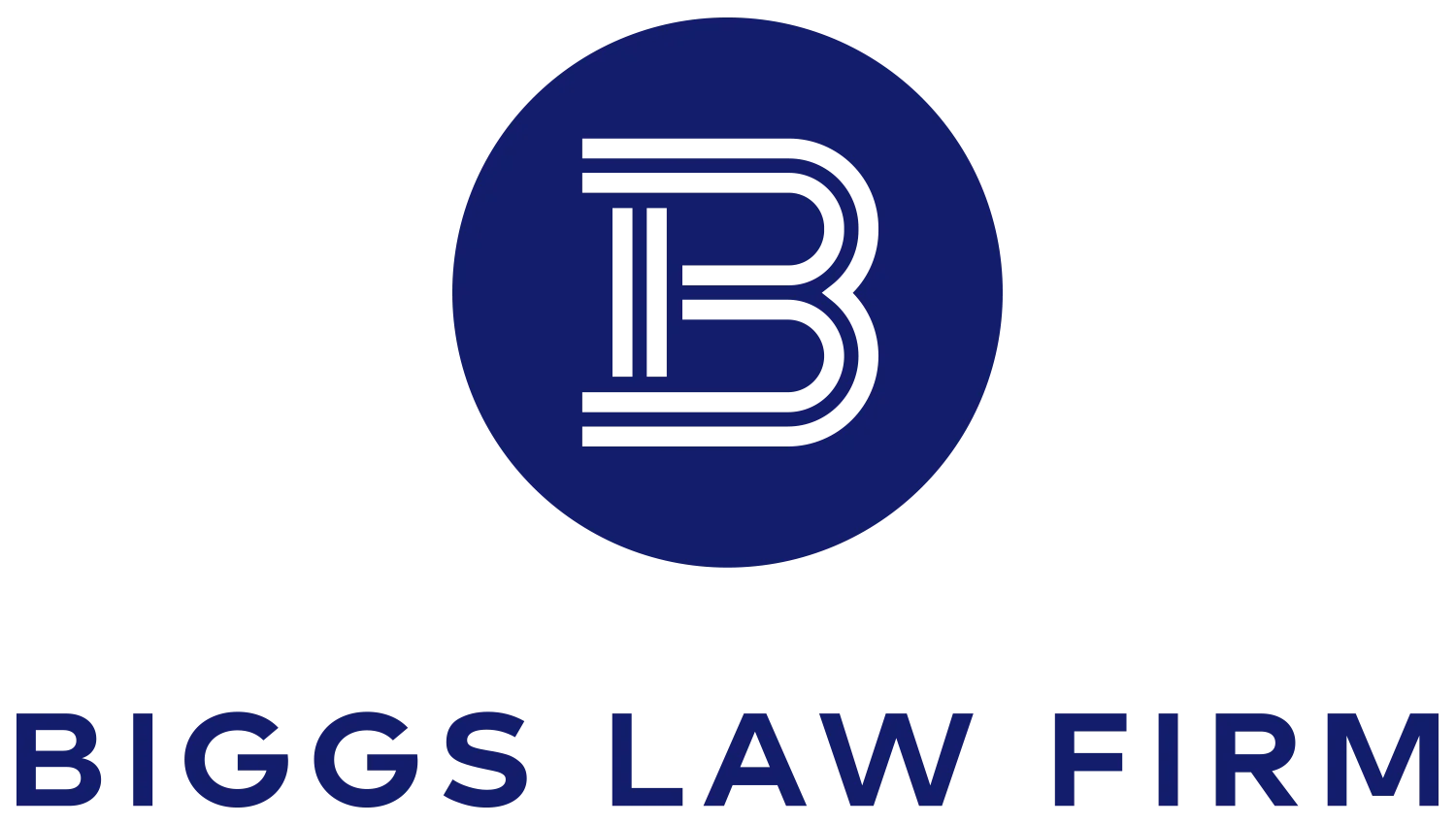Can You or Your Business File for Bankruptcy More Than Once?
You or your North Carolina company have fallen on financial hard times. It’s not the first time that you’ve been in a similar predicament. You’ve actually filed for bankruptcy before. You’re now facing a situation where you’re considering seeking debt relief once again. However, since you’ve filed before, you’re wondering, “Can you or your business file for bankruptcy more than once?”. Keep reading, where we’ll address this commonly asked question bankruptcy lawyers receive.
Lifetime Limitations for Filing Bankruptcy
Currently, consumers and businesses aren’t restricted in terms of how often they can file bankruptcy. There are; however, limits on what relief you may receive.
How Often Consumers and Businesses Can File Different Types of Bankruptcies
As you’re likely aware, there are multiple chapters of bankruptcies. When determining when you may next be eligible to file for this form of debt relief, the Court takes into account whether you or your company has filed for bankruptcy before and, if so, what type it was. The waiting time varies depending on this as follows:
Chapter 7 Bankruptcy
This liquidation bankruptcy option is quite popular among both consumers and businesses because it allows debtors to discharge unsecured debts (i.e., credit card debt, medical bills, personal loans, etc.). However, when it comes to companies, a Chapter 7 bankruptcy effectively terminates its existence or operations. Given this, it should be readily clear that a specific business won’t be eligible to file Chapter 7 bankruptcy more than once.
For consumers, though, if you’ve previously had a successful discharge of your debts via a Chapter 7 bankruptcy, you’ll need to wait eight years to file for Chapter 7 bankruptcy again. If you previously filed Chapter 13 bankruptcy and now want to file Chapter 7, you’ll need to wait six years to submit your new filing.
Chapter 11 Bankruptcy
This reorganization type of bankruptcy is an option available to both individuals and businesses. It focuses on allowing debtors to get their personal or company’s debts and assets in order to restore itself with the goal of becoming economically viable again.
With this type of bankruptcy, your repayment plan may vary; thus, despite the fact that you can file more than once, how soon you can will vary depending on when you finish repaying your creditors. However, it should be noted that one reason Chapter 11 bankruptcy is popular among debtors is that there is generally no wait time after one case is closed or discharged before filing a second case.
Chapter 12 Bankruptcy
This bankruptcy option is designated for family farmers and fisheries that receive regular, annual incomes. Like Chapter 11, there’s no waiting period to refile a Chapter 12 agricultural bankruptcy after having one’s prior case dismissed or discharged.
Chapter 13 Bankruptcy
This type of business bankruptcy is designated for wage earners, sole proprietors (those individuals running one person companies), and the self-employed. It allows you to restructure your debts by creating a repayment plan for catching up on debts you owe your creditors.
If you’ve previously had a successful Chapter 13 bankruptcy filing and want to pursue this debt relief option again, you must wait two years post-discharge of that prior case to file this same type once again. However, if you previously had a successful Chapter 7 discharge and now want to submit a Chapter 13 bankruptcy petition, you’ll need to ensure four years have passed since that last filing before submitting a new one. And, if you’ve previously had a successful discharge of your debts by filing Chapter 11 bankruptcy, you would be able to file Chapter 13 two years after that.
The Filing Waiting Period If You Have a Previously Dismissed Bankruptcy Case
Another filing eligibility deadline that applies to bankruptcy is if a filer has had their case previously dismissed. If a filer didn’t previously comply with court orders or the case was voluntarily dismissed when creditors sought relief from the Court to recover property that had liens placed against it, then they must wait at least 180 days to refile for bankruptcy again per the United States Courts.
Getting Help in Understanding Bankruptcy Filing Wait Periods
The bankruptcy code is ever-evolving. In addition, there can be exceptions to rules. While we hope that the filing wait periods described above are helpful to you, if you want to better understand what waiting timelines apply to the specific bankruptcy chapter that you’re looking to file, be sure to get in touch with us at Biggs Law Firm. We have years of experience in helping businesses and consumers looking to file for this form of debt relief, and our bankruptcy attorneys in Raleigh, NC, want to help you as well.
Start The Process Today
Schedule your consultation with one of our experienced attorneys.
